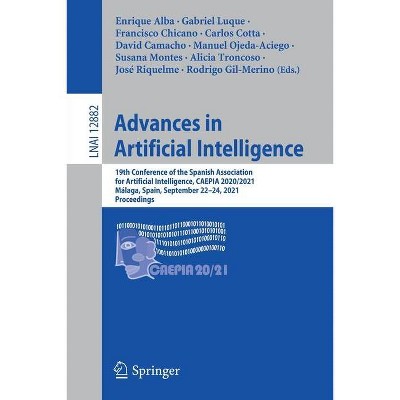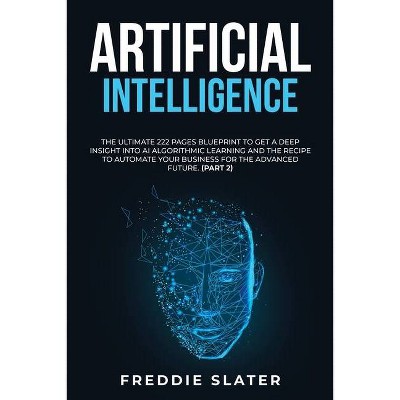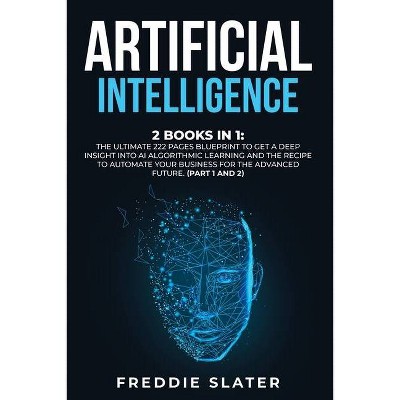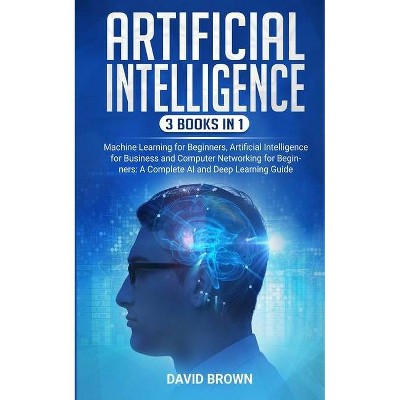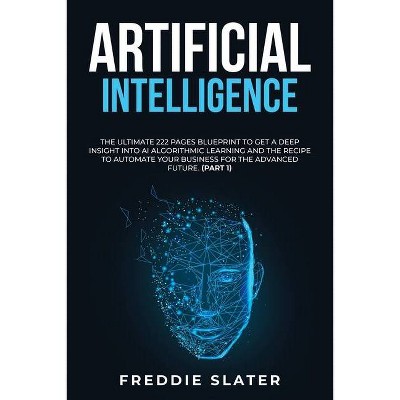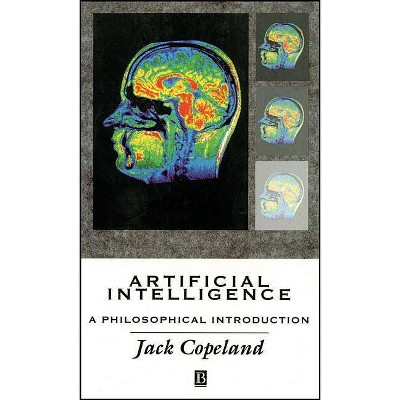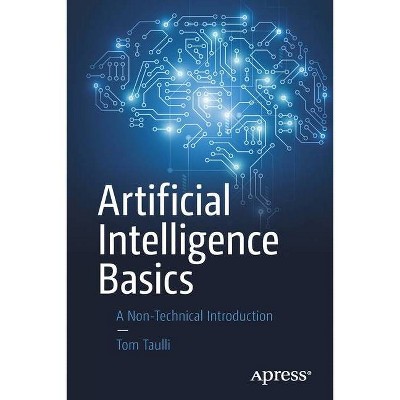Artificial Intelligence Engines - by James V Stone (Paperback)
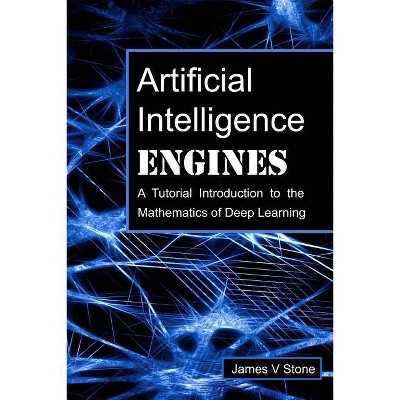
Similar Products
Products of same category from the store
AllProduct info
<p/><br></br><p><b> About the Book </b></p></br></br>In this richly illustrated book, key neural network learning algorithms are explained informally first, followed by detailed mathematical analyses. Topics include both historically important neural networks (e.g. perceptrons), and modern deep neural networks (e.g. generative adversarial networks).<p/><br></br><p><b> Book Synopsis </b></p></br></br><p>The brain has always had a fundamental advantage over conventional computers: it can learn. However, a new generation of artificial intelligence algorithms, in the form of deep neural networks, is rapidly eliminating that advantage. Deep neural networks rely on adaptive algorithms to master a wide variety of tasks, including cancer diagnosis, object recognition, speech recognition, robotic control, chess, poker, backgammon and Go, at super-human levels of performance. </p><p>In this richly illustrated book, key neural network learning algorithms are explained informally first, followed by detailed mathematical analyses. Topics include both historically important neural networks (e.g. perceptrons), and modern deep neural networks (e.g. generative adversarial networks). Online computer programs, collated from open source repositories, give hands-on experience of neural networks, and PowerPoint slides provide support for teaching. Written in an informal style, with a comprehensive glossary, tutorial appendices (e.g. Bayes' theorem), and a list of further readings, this is an ideal introduction to the algorithmic engines of modern artificial intelligence.</p><p/><br></br><p><b> Review Quotes </b></p></br></br><br><p>"<em>Artificial Intelligence Engines will introduce you to the rapidly growing field of deep learning networks: how to build them, how to use them; and how to think about them. James Stone will guide you from the basics to the outer reaches of a technology that is changing the world.</em>"</p><p>Professor Terrence Sejnowski, Director of the Computational Neurobiology Laboratory, Salk Institute, USA. Author of The Deep Learning Revolution, MIT Press, 2018.</p><p>"<em>This book manages the impossible: it is a fun read, intuitive and engaging, lighthearted and delightful, and cuts right through the hype and turgid terminology. Unlike many texts, this is not a shallow cookbook for some particular deep learning program-du-jure. Instead, it crisply and painlessly imparts the principles, intuitions and background needed to understand existing machine-learning systems, learn new tools, and invent novel architectures, with ease.</em>"</p><p>Professor Barak Pearlmutter, Brain and Computation Laboratory, National University of Ireland Maynooth, Ireland.</p><p>"<em>This text provides an engaging introduction to the mathematics underlying neural networks. It is meant to be read from start to finish, as it carefully builds up, chapter by chapter, the essentials of neural network theory. After first describing classic linear networks and nonlinear multilayer perceptrons, Stone gradually introduces a comprehensive range of cutting edge technologies in use today. Written in an accessible and insightful manner, this book is a pleasure to read, and I will certainly be recommending it to my students.</em>"</p><p>Dr Stephen Eglen, Department of Applied Mathematics and Theoretical Physics (DAMTP), Cambridge Computational Biology Institute (CCBI), Cambridge University, UK.</p><br>
Price History
Price Archive shows prices from various stores, lets you see history and find the cheapest. There is no actual sale on the website. For all support, inquiry and suggestion messages communication@pricearchive.us
